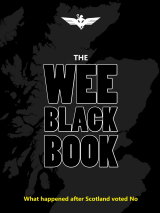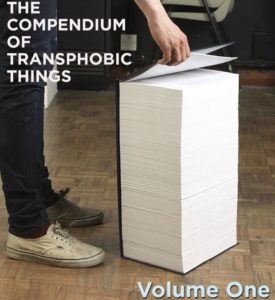The cry of liberty 14
*Wings over Scotland is very pleased to be able to bring its readers another terrific guest post from Andrew Page of A Scottish Liberal. We spoil you, really we do.
This past Friday, the 6th of April, saw the anniversary of one of the most significant events in Scottish history – the signing of the Declaration of Arbroath.
It was a truly inspirational and courageous statement on many levels, and it is unsurprising that almost eight hundred years later it continues to have an impact on our understanding of nationhood and Scottish identity. That it was an expression of Scottish nationalism cannot be doubted: indeed, it is one of the most articulate, eloquent and heartfelt expressions of Scottish nationhood ever written.
But it is so much more than that, and at its heart was more than mere nationalistic aspiration, but a passionate cry for freedom and liberty. It was also, at its most basic level, a challenge to religious authority centuries ahead of its time in addition to arguably being a stimulus for far-reaching changes in European constitutional thinking.
In appealing to the Pope the signatories to the declaration make clear their commitment not merely to Scotland’s independence but also to its nationhood. In a curiously selective recollection of Scottish history, they point to how the Scots “came, twelve hundred years after the people of Israel crossed the Red Sea, to their home in the west where they still live today”, thereafter “[holding] it free of all bondage ever since” while “in their kingdom there have reigned one hundred and thirteen kings of their own royal stock, the line unbroken [by] a single foreigner.”
While these “facts” are more the product of cultural sensitivities rather than historical understanding, there can be no escaping the sense of belonging to a proud nation – one of “freedom and peace” in which “our people harbour no malice or treachery and [are] unused to wars or invasions.” A fine vision, indeed.
In some respects, it is easy to detect a more than faint romanticism in these claims as is generally true with most nationalist thinking. Perhaps, while many today identify Scotland in terms of Celtic mysticism, the tartan and bagpipes culture of the White Heather Club, haggis and shortbread tin landscapes the signatories of the Arbroath declaration were equally in love with an artificial view of Scotland, based itself on false assumptions about the nation’s history, its potential and its individual nature.
Such assumptions perhaps contain a grain of truth, but are in fact quite dangerous and are themselves usually based on modern hostility to Scottish nationalism. Certainly, the myth of ethnic origin apparently expressed within the Declaration can be easily debunked, but it’s also clear that Scottish nationhood was not defined by such fiction. The explanation of Scotland’s establishment was designed to persuade the Pope of their cause rather than an exercise in writing accurate history.
What is immediately obvious is that the nature of nationhood itself, as expressed in the Declaration of Arbroath, is far different from that often associated with the romanticised view of Scotland that appeals far more to foreign visitors than it rings true to most contemporary Scots. At the root of the nationalists’ cause in 1320 were core values, not determined by lines on maps or even historic achievements but a right to self-determination, for recognition, for an end to oppression and the subservient status apropos England. Put in modern terms, it was a desire on the part of Scots to take control of their own political destiny.



















